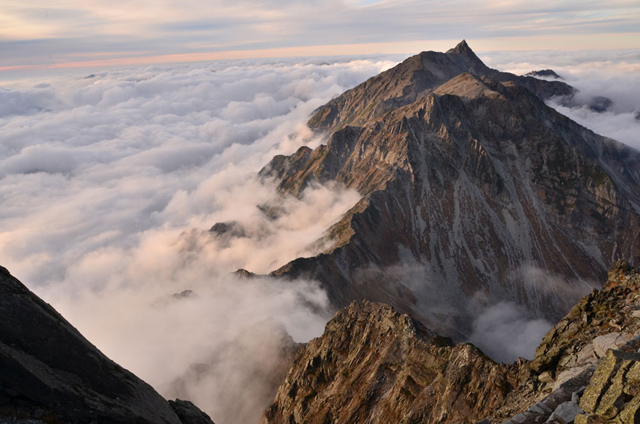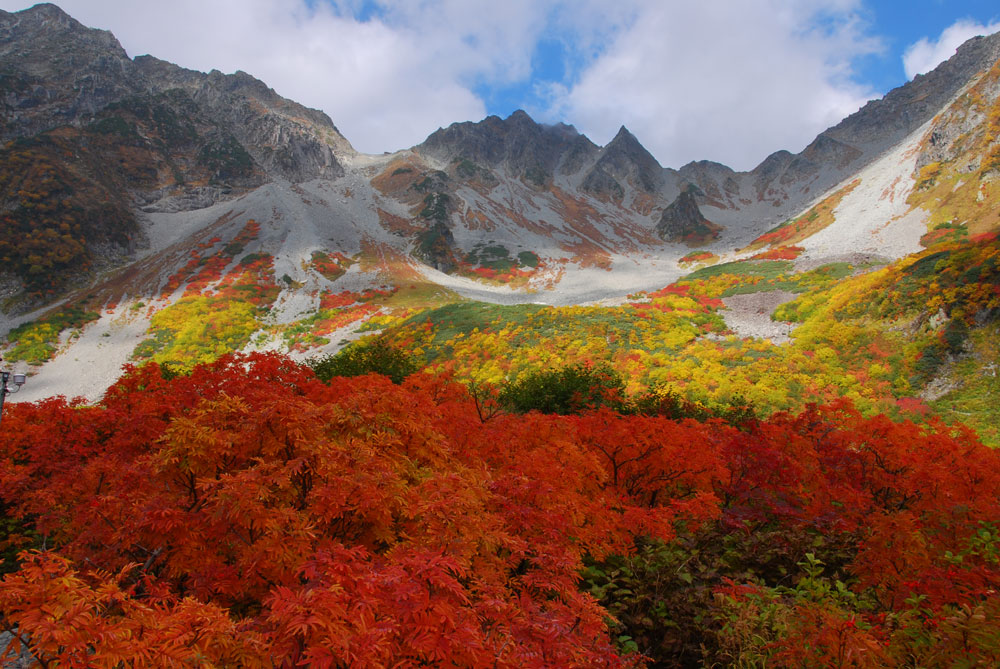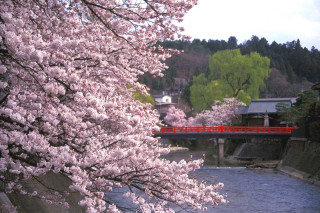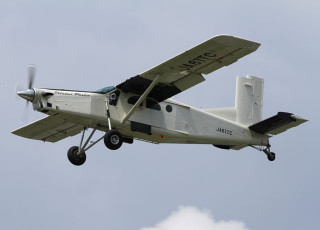An association dedicated to air rescue gives travelers and residents of Hida-Takayama the chance to appreciate the local landscape from an entirely new perspective.
By Alec Jordan
Soaring above the terrain that surrounds the Gifu Prefecture city of Hida-Takayama, you can see why the region is fast becoming a popular destination for tourists, both foreign and domestic. The summits of the Japan Alps’ peaks, such as Norikura, Hotaka, and Yakedake, lie to the east of the city, drawing throngs of hikers and climbers during the spring and summer, and making for picturesque views when covered in the region’s copious snowfall. Lush green valleys dip between the mountains and run alongside the emerald-green waters of nearby rivers. And if you’re flying low enough around the west of the city, you can make out the tall, thatched roofs of the houses that fill the famous hamlets of Shirakawa Go and other nearby villages.
However, this isn’t an experience that most of us could afford: arranging for private flights from Hida Air Park would be an expensive proposition for most individuals. But thanks to a recent agreement between Takayama and the air rescue organization Japan Council for Air Rescue Promotion (JCARP), residents and visitors alike can find out more about good safety precautions for the area, get a deeper sense of the natural environment that surrounds Takayama, and take in the scenery of Hida-Takayama from the windows of an 11-seater turboprop plane, making a visit to the city known as the “Little Kyoto of Hida” even more memorable.
Takayama has much to offer travelers from ground level as well, with nearly 300,000 foreign tourists visiting the city of 92,000 every year. They are drawn to a unique culture that has been allowed to flourish over the centuries thanks to its relatively isolated location, and well-preserved traditional architecture. It’s difficult not to feel as if you were stepping back in time as you walk down the streets in the center of the city, strolling alongside the scenic Miyagawa River, or witnessing the town’s celebrated spring and autumn festivals.
The same geographic isolation that has allowed the region to develop its appealing culture can also make it perilous to travelers and natives alike. It is known for its long, snowy winters, when high drifts and snow banks leave mountain roads impassable and leave villages in the area stranded for long stretches of time. The rainy season can also be a dangerous time of year in the steep reaches of the mountains, with torrents of rain often causing landslides. As recent events at Mount Ontake show, it is never possible to know when rescue operations will be in need, particularly in remote areas.
So when Takayama Mayor Hiromichi Kunishima wanted to ensure the safety of residents and visitors to the region, he reached out to JCARP. The air rescue group has a long history of being where they are most needed, and the organization has provided support to communities hit by disasters such as the Kobe Earthquake, the 2011 Tohoku Earthquake, and mountain rescue operations. In August, the city signed up for a dedicated rescue and surveillance plane for the region: a PC-6 turboprop that can take off or land on a grass field 200 meters long and 30 meters wide, making it an ideal vehicle for the area’s mountainous terrain.
As a part of the agreement, the first of its kind between a city and JCARP, the organization will also provide lectures and seminars on ways to keep safe around Takayama throughout the seasons, followed by a flight that lets participants see the villages, mountains, and valleys from a bird’s-eye view. People who choose to become JCARP members can take part in special lectures and flights that focus on the mountains over the Shirakawa Go region or the Kurobe Dam.
More Information
JCARP can accept groups of 7 to 10 people for a 30-minute seminar, followed by a 20-minute flight over the Japan Alps. To find out more about arranging a seminar and flight, if you’d like to become a JCARP member, or if you’d like to find out more about the association in general, contact Tomoo Nakayama at the JCARP Office ([email protected]) at 03-3555-3621 or 090-3540-6959 (at night), or you can visit the following websites: jcarp.jp and itca.co.jp












